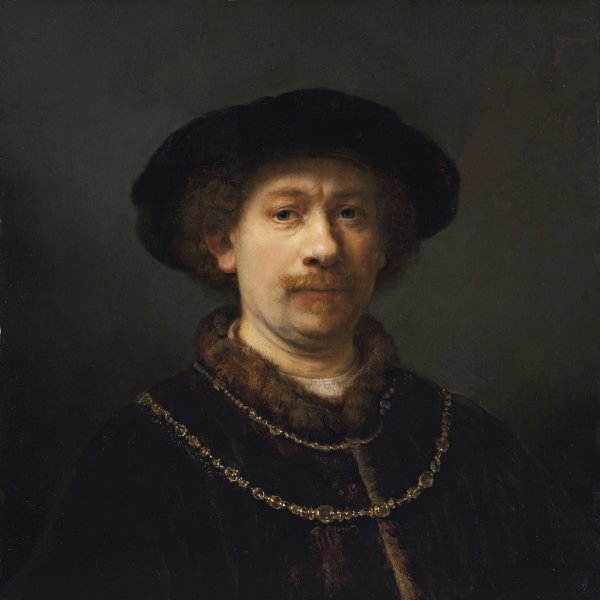Harmensz. van Rijn Rembrandt
Leiden, 1606-Amsterdam, 1669
Rembrandt Harmensz. van Rijn was born in Leiden on 15 July 1606. Son of a miller, he attended the Latin School and in 1620 enrolled at Leiden University. One year later he abandoned his studies and embarked on an apprenticeship with the Leiden painter Jacob van Swanenburgh, remaining in his studio for three years. Between 1624 and 1625 Rembrandt continued his training in Amsterdam in the studio of the history painter Pieter Lastman. He returned to Leiden in 1625 as an independent master and opened his own studio in partnership with the painter Jan Lievens whom he had met in Lastman’s studio. Rembrandt’s first known work, The Stoning of Saint Stephen (Musée des Beaux-Arts, Lyon), dates from this period and reveals the clear imprint of the Caravaggesque style. In 1628 Rembrandt began to accept pupils in his studio, including Gerrit Dou and Isaac Hendrick. After the death of his father in 1630 Rembrandt left Leiden and settled in Amsterdam where he met the art dealer Hendrick van Uylenburgh, who secured commissions for him, particularly for portraits. In 1632 he executed one of his most celebrated works, The Anatomy Lesson of Dr Tulp (Mauritshuis, The Hague), which was exceptionally well received. Rembrandt had already achieved a comfortable economic position by this date but his fortunes improved still further with his marriage in 1634 to Saskia van Uylenburgh, his partner’s niece and member of a wealthy family. This prosperous period in Rembrandt’s life culminated with the important commission for the Kloveniersdoelen (Civil Guard Barracks), for which he painted The Night Watch (Rijksmuseum, Amsterdam). In the 1640s Rembrandt’s personal and professional situation became more precarious and difficult: his wife died in 1642 a few months after the birth of their son Titus, the only one of their four children to survive. Rembrandt was declared bankrupt in 1656 and one year later all his possessions, including his art collection, were sold at auction. Despite these difficulties he continued to instruct his pupils, including Govaert Flinck, Carel Fabritius, Ferdinand Bol and Aert de Gelder. In the last years of his life Rembrandt continued to receive commissions, in particular for portraits, and also collaborated on the decoration of the new Town Hall in Amsterdam, for which he painted The Conspiracy of Claudius Civilis in 1662 (Nationalmuseum, Stockholm), which was removed and replaced shortly afterwards. Rembrandt died in Amsterdam in 1669.





